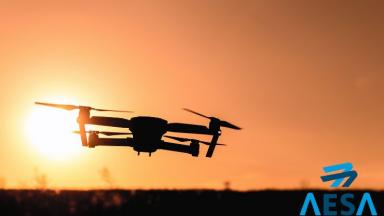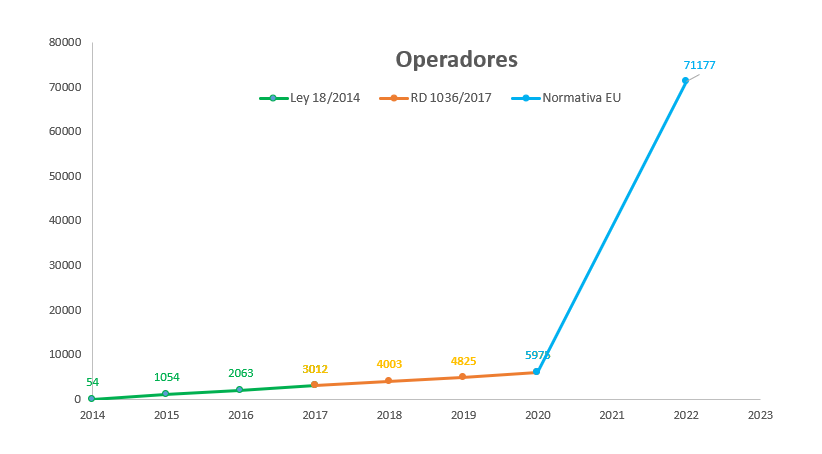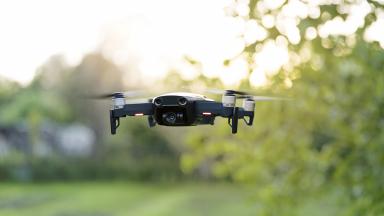Spain has finished 2022 with more than 71,100 drone operators registered with AESA
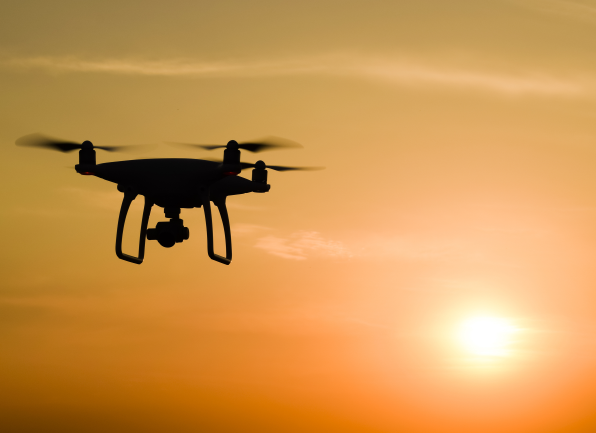
- The new European UAS regulation, in force since January 2021, has meant that the number of operators registered in EASA almost doubles compared to 2021
- Andalusia, Community of Madrid and Catalonia are the autonomous communities with the highest number of registered operators to fly unmanned aircraft (UAS)
- In training UAS pilots, AESA has issued 131,339 certificates to fly drones in open category and currently has registered 399 practical training entities to operate in national standard scenarios
Madrid, 2 January 2023 (AESA)
The State Aviation Safety Agency (AESA) takes stock of the drone sector in 2022 with the registration of 71,177 operators, almost double the number of registered operators compared to 2021.
This figure reflects the exponential growth of the drone sector in Spain after the entry into force of the new European regulations of UAS (Regulations 2019/947 and 2019/945) in January 2021. This standard affects all drones, regardless of their recreational or professional use or their size/weight. In addition, registration as an operator is required if a number of requirements are met and to declare the aircraft if flying in the medium risk category.
The evolution of this sector is being so favourable, not only because of the mandatory registration of recreational operators, provided for in the new regulations, but because of the dynamisation that this regulation has produced due to its greater flexibility.
Figure 1: Evolution of drone operators registered in AESA. Source: State Aviation Safety Agency (AESA).
The two years of validity of the current UAS regulation has been a turning point to promote the sector, previously regulated, since 2018, by the national regulations of Royal Decree 1036/2017, which only required the registration of professional operators.
Of the 71,177 drone operators registered so far, the autonomous communities with the highest registration are: Andalusia (12,825 registered operators), Community of Madrid (12.122), Catalonia (8,572) and Comunidad Valenciana (6,791):
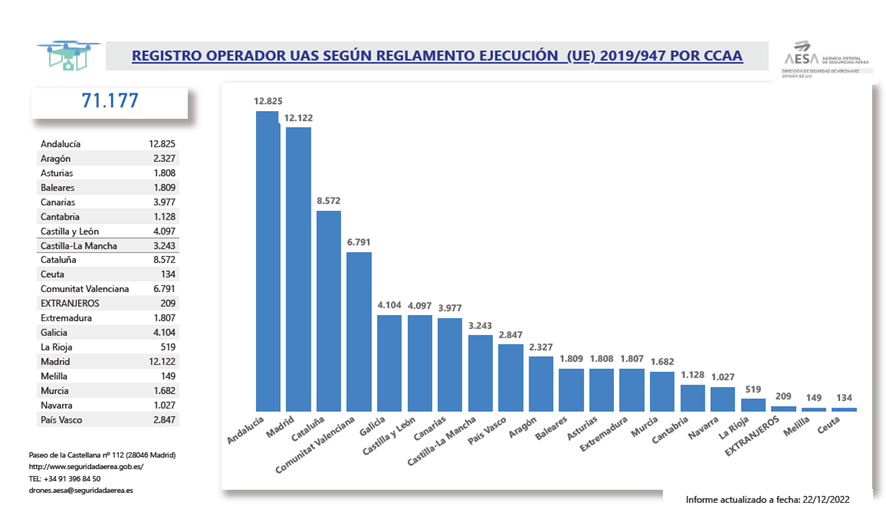
Figure 2: Registration of UAS operator divided by Autonomous Communities in Spain. Source: State Aviation Safety Agency (AESA).
Regarding the training of pilots, with the entry into force of the new regulations, AESA has issued 131,339 operating certificates with drones for open category (subcategories A1, A2 and A3). With this, at least 68,028 pilots have received the most basic training for UAS operations. Likewise, in the process of converting certificates issued with the old regulations to those issued on the basis of current regulations, 19,496 applications have been processed.
As for training entities, currently AESA has recognised 399 entities to give practical training that allows pilots to operate in national standard scenarios, which have declared to have trained 14,824 students this year.
The drone flight is subject to general rules of operation conditioned, among others, by the weight of the drone, the presence of other people and the proximity to buildings.
Operations are divided into three categories:
- Open category, lower risk. It does not require authorisation or declaration by the operator, and is in turn divided into three subcategories: A1, A2 and A3.
- Specific category, medium risk. The operator either conforms to a national standard scenario, or if the operation requires more complex requirements, it must submit an application for operational authorisation. For this category the aircraft must be declared. There are currently 6,378 aircraft registered with AESA. You can consult the list of authorised operators for UAS operations in specific category at this link.
- Certified category. It includes the highest risk operations, including the transport of dangerous goods with high risk/persons or flight over concentrations of people, among others. The operator, aircraft and pilot must be certified, and regulations are being developed.
On the AESA website you have relevant information for the flight with UAS.
Noticias relacionadas
